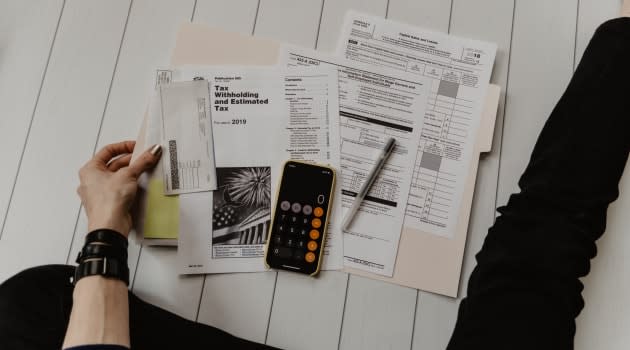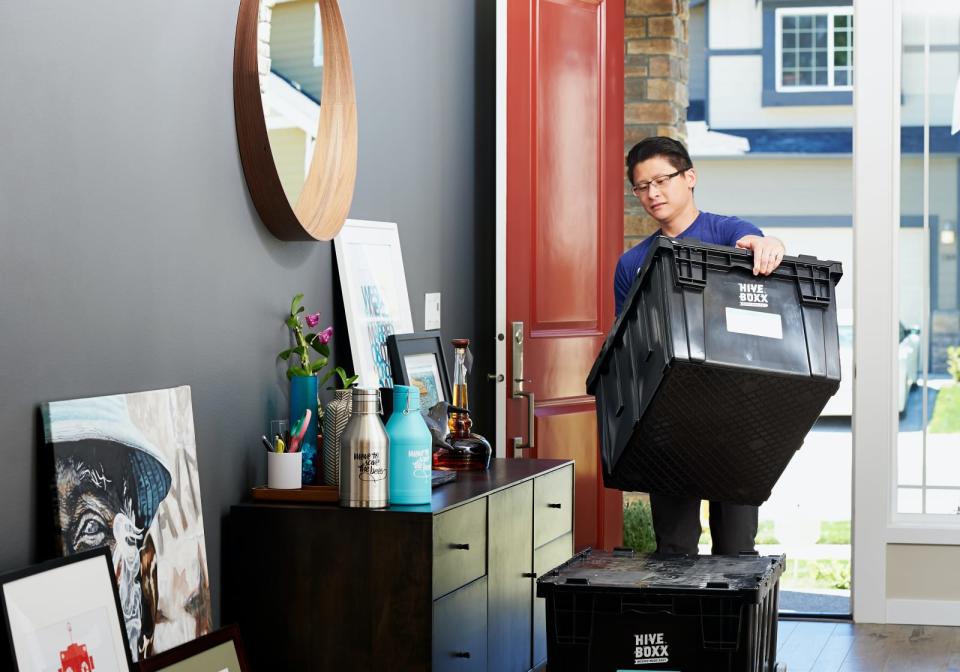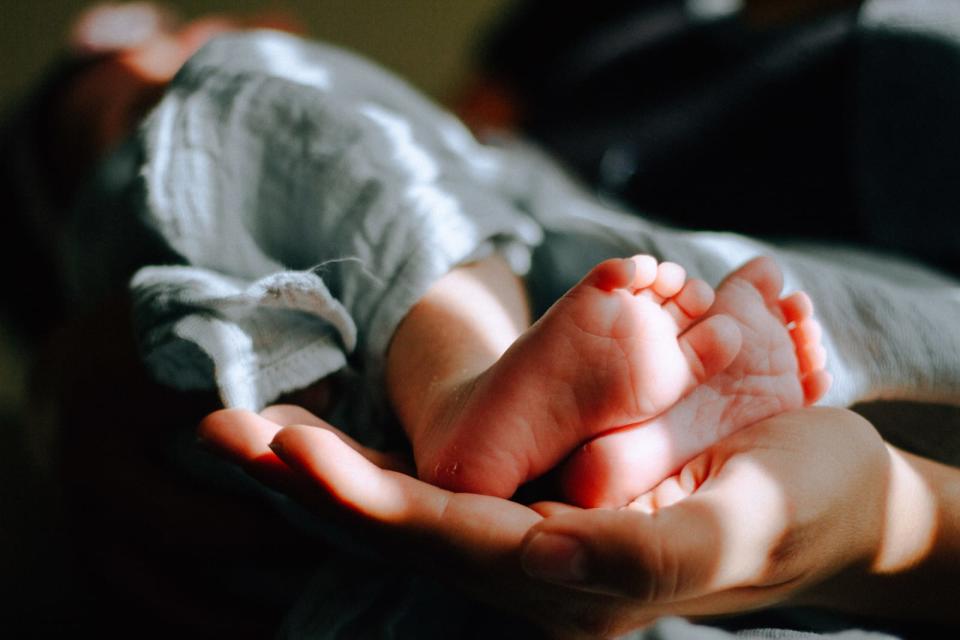5 Best Ways to Reduce Income Tax in Singapore (2022)

Tax season for Year of Assessment (YA) 2022 may not be until March next year, but now is in fact the time to start preparing for it.
The income you earn from 1 Jan to 31 Dec 2022 will be considered for YA 2023, where you’ll need to pay your taxes.
Here are the tax rates for YA 2017 to YA 2023.
Chargeable Income | Income Tax Rate (%) | Gross Tax Payable ($) |
|---|---|---|
First $20,000 Next $10,000 | 0 2 | 0 200 |
First $30,000 Next $10,000 | - 3.5 | 200 350 |
First $40,000 Next $40,000 | - 7 | 550 2,800 |
First $80,000 Next $40,000 | - 11.5 | 3,350 4,600 |
First $120,000 Next $40,000 | - 15 | 7,950 6,000 |
First $160,000 Next $40,000 | - 18 | 13,950 7,200 |
First $200,000 Next $40,000 | - 19 | 21,150 7,600 |
First $240,000 Next $40,000 | - 19.5 | 28,750 7,800 |
First $280,000 Next $40,000 | - 20 | 36,550 8,000 |
First $320,000 In excess of $320,000 | - 22 | 44,500 - |
Not only will your salary be taxed regardless of whether you’re traditionally employed or working freelance, so will your bonuses and — if you are a landlord — rental income. Compulsory CPF contributions, dividends from shares and capital gains, however, are exempt from taxation.
Related: Best Credit Cards to Pay Off Your Income Tax.
Here are a few ways to reduce your personal income tax.
1. Save Up For Retirement

The best way to reduce your taxes is to top up all your (and your parents’) CPF accounts — your Special Account and Medisave account, as well as your loved ones’ Special Account and Retirement Account. You can also put money in your Supplementary Retirement Scheme (SRS) account.
In short, every S$1 that you put into your own or your loved ones’ accounts will mean S$1 deducted from your chargeable income.
(It’s not too late to do so as of the time of writing this. Any qualifiable CPF top-ups should be done by 31 December 2022.)
CPF: Top up your Special Account and the amount will be deducted from your chargeable income, for up to S$8,000. On top of that, top up your parents or grandparents’ CPF SA/RA for additional relief for up to S$8,000. This applies for up to the current Full Retirement Sum — you won’t get tax relief for anything beyond that.
Medisave: Top up your Medisave up to the Basic Healthcare Sum (currently $66,000, but this will be raised to S$68,500 for those under 65). As with the CPF SA, your funds will be locked up for a while, but you will be able to use it for medical expenses and health insurance premiums.
Supplementary Retirement Scheme: To further reduce your chargeable income, place some cash in an SRS account, where it can only be withdrawn after you retire. Be sure to invest the money in that account, otherwise inflation will cause it to depreciate.
When filing your taxes, you don’t have to declare your voluntary retirement top-ups, as CPF and the local banks operating the SRS accounts will report your activities to IRAS. However, do check your tax documents to ensure that your contributions are reflected.
2. Move In With Your Parents

To solve the issue of an ageing population, the government has implemented Parent Relief to get the senior citizens’ own children to take care of them. So if you live with your parents, grandparents, in-laws or grandparents-in-law, you get to enjoy a tax break. The table below shows how much.
Type of Parent Relief | Parent Relief | Handicapped Parent Relief |
|---|---|---|
Taxpayer stays with dependant | S$9,000 per dependant | S$14,000 per dependant |
Taxpayer does not stay with dependant | S$5,500 per dependant | S$10,000 per dependant |
Parent Relief applies if the senior citizens don’t earn over S$4,000 annually. You can only claim for two dependents, and you and your spouse’s claims cannot overlap on the same person, i.e. no double-claiming.
There are also tax reliefs — albeit more modest ones — for sheltering / caring for your handicapped sibling and your low-income spouse.
3. Upgrade Your Skills

If you intend to upskill, not only will you gain more skills, you’ll also qualify for tax reliefs of up to S$5,500 thanks to the course fee relief.
The Course Fees Relief is for you if you took a course relevant to your current employment. You can claim the amount you spent on course and exam fees (up to $5,500) and have it deducted from your chargeable income.
Even if you choose a course that was totally different in order to make a mid-career switch? Don’t throw away those invoices just yet; you can still claim the tax relief in the future when you transition to your new job.
4. Make a Donation

While you probably already know that donating money to an IPC (Institution of a Public Character) can help to reduce your income tax, did you know that you can also donate shares, artworks and artefacts?
Donations to IPCs give you a 250% tax deduction, so if you donate S$1,000, you’ll have S$2,500 shaved off your chargeable income. Other tax deductible donations include SGX-listed shares, units in unit trusts, artefacts, sculptures or artworks to the National Heritage Board, buildings, as well as land.
You don’t have to declare your donations to the registered IPCs to claim the tax relief, as they will be automatically submitted to IRAS. If your donation is eligible for tax relief, the receipt from the IPC will say “Tax-Deductible”. Note that the IPCs will have to collect the details of all donors (NRIC, FIN or UEN) to facilitate the tax deduction.
5. Have Babies

Thanks to the government’s efforts to encourage more births in Singapore, not only will parents receive Baby Bonus, they can also enjoy a bunch of tax reliefs, including Working Mother’s Child Relief, Qualifying Child Relief + Parenthood Tax Rebate.
Tax reliefs | For whom | Amount |
|---|---|---|
Qualifying Child Relief | Both parents | S$4,000 per child ($7,500 if handicapped) |
Working Mother’s Child Relief | Working mothers | 15% for first child, 20% for second child, 25% for third or more |
Grandparent Caregiver Relief | Working mothers | S$3,000 |
Foreign Maid Levy Relief | Mothers | 2x of maid levy paid (max. 1 maid only) |
And this is just the tip of the iceberg when it comes to tax relief schemes for parents, so visit the IRAS page for more details.
Most of these tax deductions are granted automatically, but just check your tax statement to be sure.
To encourage married women to remain in the workforce after having children, the government gives working mothers the most tax deductions. For instance, having three kids will help to reduce your chargeable income by 60%. Meanwhile, the Parenthood Tax Rebate is a direct rebate for your income tax bill (not just a reduction from your taxable income) — it shaves S$5,000 off for the first child, S$10,000 for the second, and S$20,000 for the third and every subsequent child. Parents can also get another S$3,000 off by having their parents babysit.
Ready to pay your income tax? Check out our roundup of the best credit cards to pay off your income tax.
Like what you just read? Follow us on Telegram, Instagram, Facebook, and LinkedIn to get up to date on fresh content!
Read More:
What Are Singapore Treasury Bills and Are They a Good Investment?
Safe-Haven Assets in 2022 — What Are They and How Can You Invest in Them?
The article originally appeared on ValueChampion. ValueChampion helps you find the most relevant information to optimise your personal finances. Like us on our Facebook page to keep up to date with our latest news and articles. More From ValueChampion: 7 Ways to Pay Lesser Income Tax in Singapore Legally 4 Low-Risk Investment Alternatives to Fixed Deposits What Are Singapore Treasury Bills and Are They a Good Investment?



